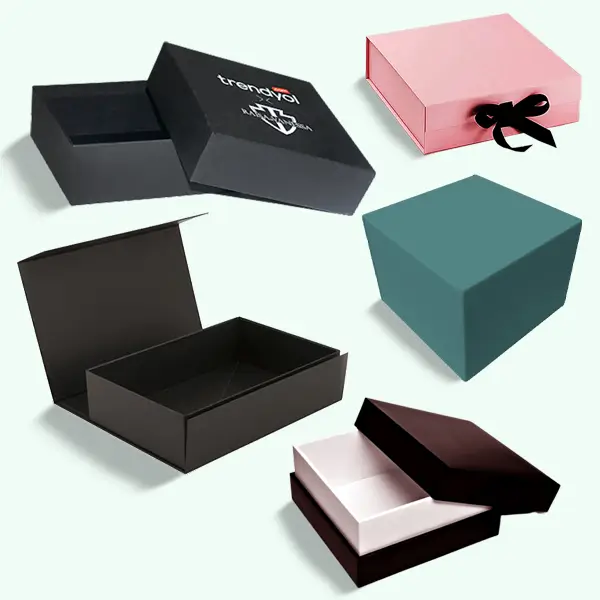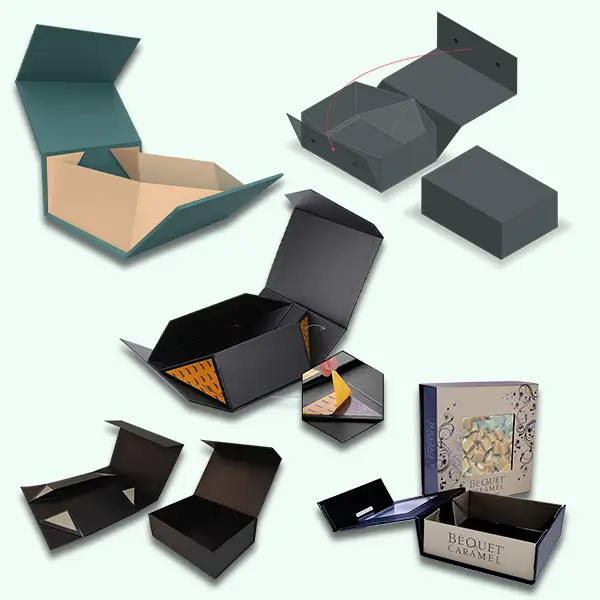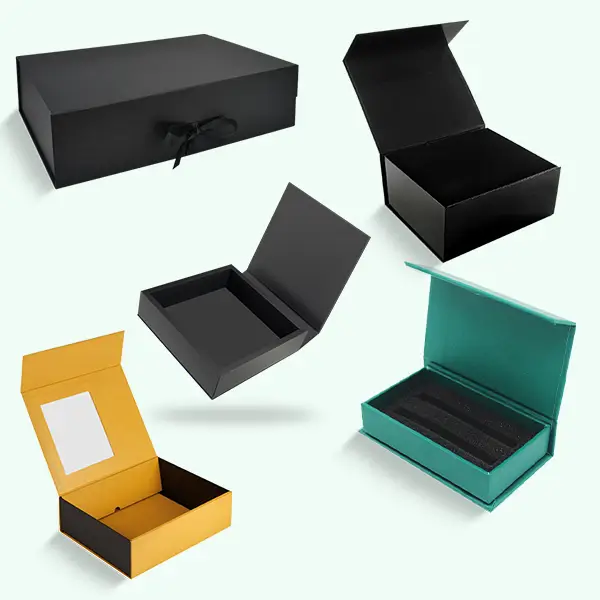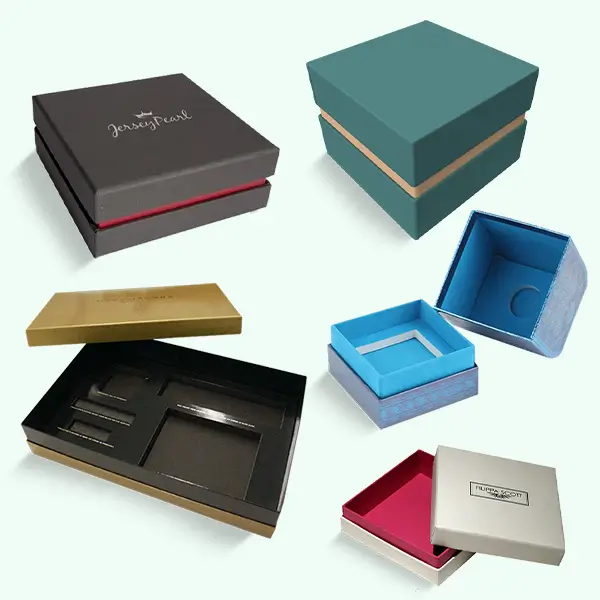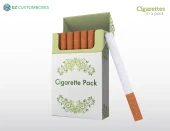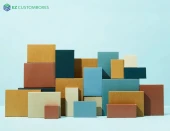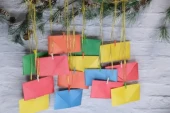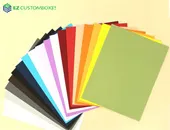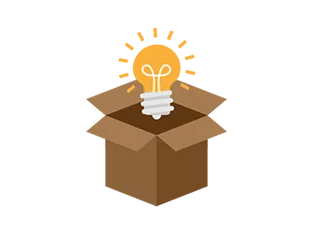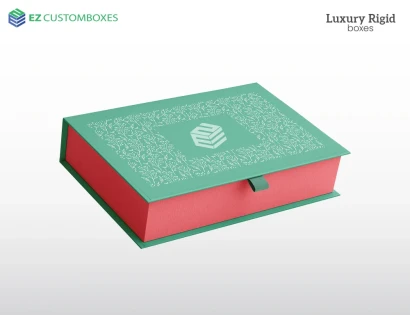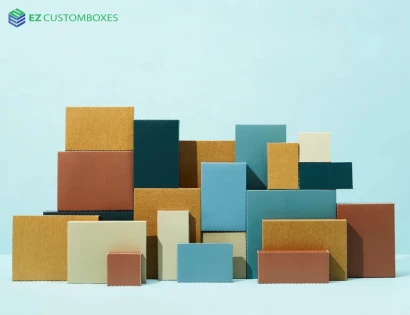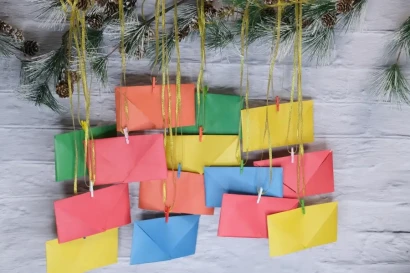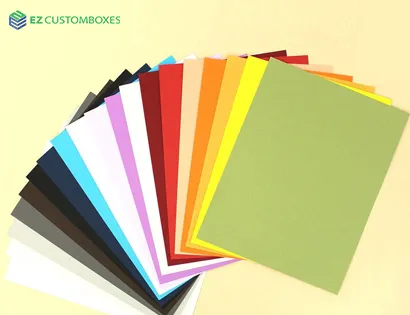What Kind of Packaging Does Apple Use? A Complete Guide (2025 Edition)
Introduction
Apple is more than simply a tech powerhouse; it sets trends in design, sustainability, and customer service. Every part of Apple's product design is thought out, from the smooth curves of an iPhone to the sharp, magnetic snap of a MacBook box. This includes the packaging. But what kind of packaging does Apple use, and why is it seen as the best in the computer world?
We'll go over the materials, design choices, environmental goals, and deeper strategy behind Apple's famous packaging in this full guide. If you're an environmentally concerned shopper, a packaging designer, or just inquisitive, you'll find out why Apple's packaging is a master class in both creativity and caring for the environment.
1. The Philosophy Behind Apple Packaging
The packaging from Apple is more than just a cover. It's an experience with the brand. The business says that "the packaging is the product's first impression." Everything, from the first lift of the box top to the simple language and clean look, is designed to make you feel something, believe it, and become excited.
Apple's industrial design team says that the packaging is an extension of the product design itself. It feels good, is always the same, and sticks in your mind. Apple's view of how customers engage with their products, from the retail shelf to the setup screen, is very much tied to this design-first philosophy.
2. Materials Apple Uses in Its Packaging
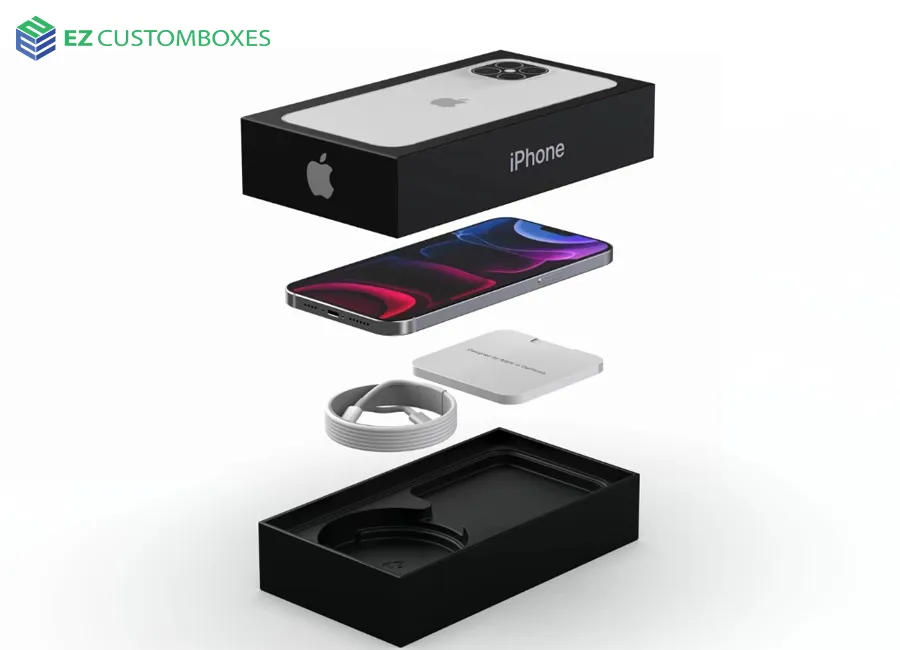
Apple has been steadily moving towards materials that are good for the environment and can be recycled. Here is a list of the main materials Apple utilises for packaging.
a. Paper and Fiber-Based Packaging (99% in 2023)
- Primary Material: Molded fiber and paperboard
- Use Case: Device trays, boxes, inserts, sleeves
- Source: Over 95% is recycled or responsibly sourced
- Certifications: Forest Stewardship Council (FSC)
Apple's 2023 Environmental Progress Report showed that 99% of all packaging was made of fibre, which got rid of almost all plastics from its packaging streams. Moulded fibre is now used instead of plastic trays in boxes for iPhones and MacBooks.
b. Minimal Use of Plastic
- Goal: Eliminate all plastic packaging by 2025
- Current Status: Plastic content reduced to 4% as of 2023
- Replacements: Biodegradable fiber alternatives
Apple has used specially-formed pulp to create paper-based alternatives to plastic films and trays. Even the box's lamination is changing to use bio-polymers derived from plants.
c. Aluminum and Glass—Sparingly Used
Apple occasionally employs protective glass or aluminium brackets for expensive accessories or for moving devices around warehouses, even though these materials aren't usually used for packing. End users hardly ever see these.
3. Sustainable Design Practices
a. Zero-Waste Goals
At important assembly and packing sites, Apple packaging adheres to zero-waste-to-landfill guidelines. Additionally, Apple's suppliers must adhere to stringent environmental regulations regarding the creation of packaging and the disposal of waste.
b. Efficient Shipping
Apple focuses on space optimization. Devices are packed in such a way that:
- More units fit per shipping pallet
- Boxes are flatter, reducing air freight volume
- Less material is used overall
As a result of this optimisation, there are fewer shipments, less fuel used, and fewer carbon emissions.
c. Modular Design
Apple is able to utilise uniform box sizes across product lines since some accessories are packaged in modular configurations. This streamlines logistics and reduces design waste.
4. The Unboxing Experience
Apple’s packaging isn’t just sustainable—it’s a sensory experience. Here’s how:
- Tactile Feel: Apple uses high-grade, matte-finish paper for a premium feel.
- Slow Reveal: The tight tolerance on box lids creates a vacuum-like “slow open” effect.
- Minimalism: No clutter, no excessive text—just the product and essential components.
- Color Scheme: Monochromatic or color-matched themes per product line.
People always say that Apple has the best unpacking experiences, and they typically compare it to opening a high-end goods. Apple doesn't just do this by chance; they make dozens of box prototypes to get this effect.
5. Apple’s Environmental Commitments
Apple is actively working toward achieving carbon-neutral packaging across its entire product line by 2030. Key initiatives include:
- Recycling fibers from customer returns
- Investing in low-carbon forestry projects
- Designing for disassembly, so materials can be reused
Apple wants to be carbon-neutral in all of its products and supply chains by 2030. Its packaging is part of this goal. Apple has directly invested in many of its packaging suppliers so that they may now run on 100% renewable energy.
6. Notable Packaging Innovations
iPhone 12 Box (2020)
- First iPhone box to ship without a charger—resulting in 70% more units per shipment.
- Box height reduced by 50%, reducing carbon output from transport.
MacBook Air M2 (2022)
- Fully fiber-based packaging tray
- Plastic screen cover replaced with paper
Apple Watch Series 9 (2023)
- Reused fibers from previous models
- Compact square box design instead of elongated format
7. Comparison With Competitors
|
Company |
Plastic-Free Packaging |
Carbon Neutral Goals |
Unboxing Experience |
Recyclability |
|
Apple |
96% plastic-free (goal: 100% by 2025) |
Full supply chain by 2030 |
Industry leader |
High (FSC-certified fiber) |
|
Samsung |
Partial (70–80% plastic-free) |
2050 target |
Standard |
Moderate |
|
|
Mostly paper-based |
2030 goal for some products |
Above average |
High |
|
Dell / HP |
Focused on bulk packaging |
2030+ targets |
Not consumer-centric |
High |
Apple remains ahead due to aggressive plastic elimination, early adoption of sustainable forestry, and packaging that feels premium yet eco-conscious.
8. Criticisms and Areas for Improvement
While Apple receives praise, it's not without critique:
- Charger Removal: Critics argue that removing chargers under the guise of sustainability forces additional purchases.
- Limited Packaging Reuse: Few consumers reuse Apple boxes, though they are durable.
- Country-Specific Variants: Not all countries receive the same sustainable packaging—some use plastic films due to regulation or cost.
Still, Apple has made clear advances from year to year, which is not something that happens often with big tech companies.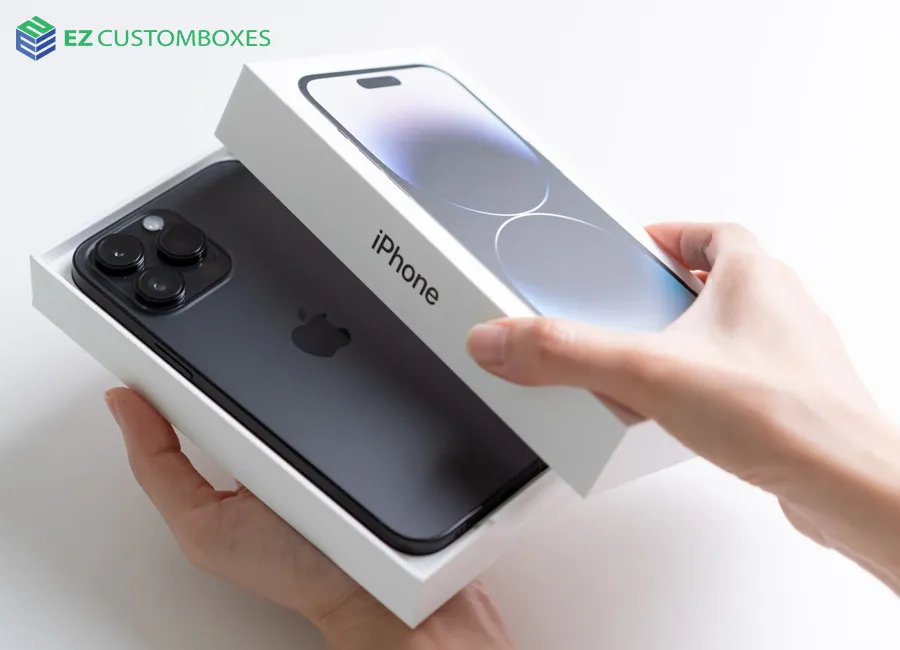
9. How to Recycle or Reuse Apple Packaging
Here’s how consumers can responsibly dispose of Apple packaging:
- Recycle fiber components: All paper-based parts can be placed in curbside recycling.
- Reuse boxes: Apple’s sturdy boxes make great organizers, tech storage, or gift packaging.
- Return to Apple: You can return devices (and sometimes packaging) to Apple through its trade-in program.
Conclusion
Apple's packaging is not just pretty, but it is also an example of how to make things that are good for the environment and easy to use. Apple is still the world leader when it comes to setting the bar. They utilise almost all fiber-based materials, very little plastic, and have a clear route to zero-carbon operations.
Apple's packaging shows us that good design isn't only about how it looks; it's also about how it affects the world. It uses eco-friendly moulded fibre and makes the unwrapping experience feel like a luxury. As 2025 gets closer, Apple's promise to do rid of all plastic from its packaging could change how the whole computer industry wraps things.
Key Takeaways:
- Apple's packaging is 99% recyclable and made of fibre.
- By 2025, every packaging should be devoid of plastic.
- Apple's objective of being carbon neutral by 2030 is in line with its sustainability ambitions.
- The unboxing experience is an important component of how a product is designed.
- Apple is ahead of its competitors when it comes to new packaging ideas and environmental effect.
FAQ's:
1. What packaging does Apple use?
Apple uses minimalist, eco-friendly packaging made from high-quality paperboard and molded fiber.
2. Why is Apple packaging so satisfying?
It’s designed with precision, slow unboxing, and premium materials to create a luxurious, emotional experience.
3. What type of packaging is used for apples?
Fresh apples are typically packaged in cardboard boxes or molded pulp trays for protection and ventilation.
4. What is the psychology behind Apple packaging?
Apple uses minimal design, symmetry, and tactile elements to trigger anticipation, trust, and product value perception.
5. What is the Apple in the box paradox?
It refers to Apple’s simple packaging that still feels premium, creating a paradox between minimalism and perceived luxury.
6. Why do people keep their Apple boxes?
They’re aesthetically pleasing, useful for resale, storage, or protection, and reflect Apple’s brand value.
7. Is Apple packaging discreet?
Yes, it’s clean and minimal, usually only showing the product image and logo, avoiding flashy branding.
8. Why are Apple products so aesthetic?
Apple emphasizes clean design, symmetry, and user-focused simplicity in both hardware and packaging.
9. What is the point of an Apple box?
It protects the product, enhances unboxing, and reinforces brand identity through premium design.


